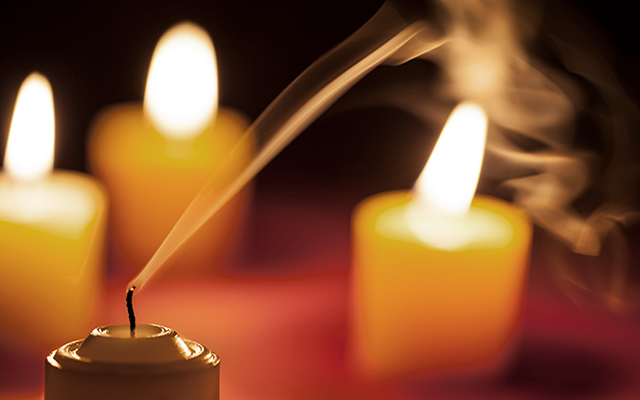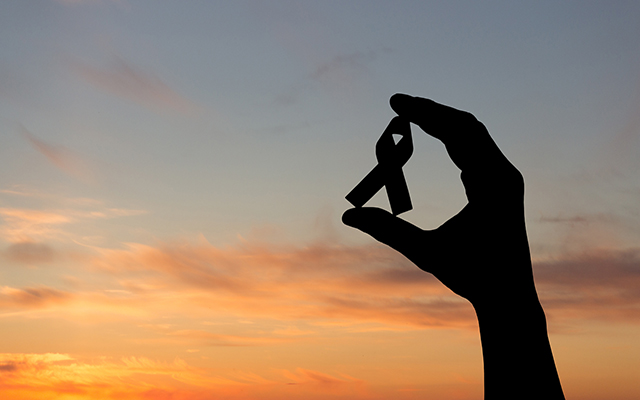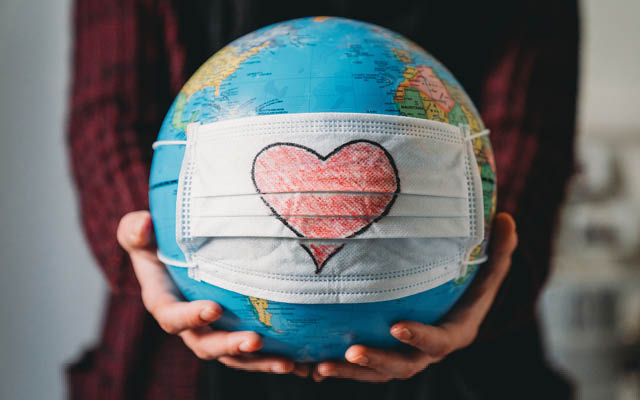My extended family has thus far emerged mercifully unscathed by the COVID pandemic (a handful of mild cases; no hospitalizations or deaths), so it’s ironic, I suppose, to find us grappling instead with the imminent demise of my 73-year-old brother, struck down not by the virus, but by a rare and aggressive cancer. I paid him a brief visit the other day and departed with the distinct impression that he won’t be with us much longer.
Absorbing the enormity of 300,000 American deaths at the hands of the novel coronavirus is one thing. Watching a sibling slip away is quite another. But both require an understanding of death that most of us are not much interested in pursuing.
My own attempts over the years to come to grips with the lessons the dying offer have produced little beyond “seize-the-day” platitudes and a sober appreciation of life’s capriciousness. So, it seemed apropos last week that I should stumble upon some wisdom from palliative-care physician B. J. Miller, MD, in the New York Times.
The coauthor of A Beginner’s Guide to the End: Practical Advice for Living Life and Facing Death, Miller notes that the pandemic has brought the nature of death into sharper relief for millions of Americans. But we struggle in its grip because, as a culture, we’ve generally done all we could to avoid acknowledging its constant presence in our lives.
“The cumulative effect is shock fatigue or numbness,” Miller says of the COVID death toll, “but instead of turning away, we need to fold death into our lives. We really have only two choices: to share life with death or to be robbed by death.”
Part of the problem, he argues, is that we’ve never adequately defined the term. There are medical and legal definitions, of course, but they characterize the end of life as the lack of brain waves, pulse, and such, while Miller notes that the body’s components (cells, atoms, DNA) migrate into the ecosystem long after their host stops functioning. “If we stay focused on the body, the most concrete thing about us,” he writes, “it becomes difficult to say whether death exists at all.”
That’s a tough sell at times like these, and even as Miller argues that we are more than our corporeal selves, he realizes that it’s cold comfort to anyone who’s lost — or is preparing to lose — a loved one. But fearing the process and its end result only makes it harder on everyone. To get past that fear, he explains, we need to change our perception of death.
“We do have fuller ways of knowing,” he suggests. “Who doubts that imagination and intuition and love hold power and capacity beyond what language can describe? You are a person with consciousness and emotions and ties. You live on in those you’ve touched, in hearts and minds. You affect people. Just remember those who’ve died before you. There’s your immortality. There, in you, they live. Maybe this force wanes over time, but it is never nothing.”
If we can accept that death doesn’t completely separate us, in other words, maybe we can approach it with a little less trepidation, a little more acceptance.
For all its random carnage, the pandemic has offered us an opportunity to delve more deeply into our relationship with death. And as we recognize what dying means to each of us, Miller notes, we begin to see more clearly what makes living worthwhile. “Beyond fear and isolation, maybe this is what the pandemic holds for us: the understanding that living in the face of death can set off a cascade of realization and appreciation. Death is the force that shows you what you love and urges you to revel in that love while the clock ticks.”
In some ways, then, crafting a personal definition of death — a scenario in which life no longer seems to be worth the trouble — is key to living more fully. For some, it comes when their cognitive function lapses to the point where they can no longer recognize their loved ones. For others, it arrives with the loss of physical movement. But it can be almost anything: One of the most useful definitions Miller says he’s come across was from a professor who believes life would end for him when he could no longer get out to Fenway Park to see a Red Sox game.
For Miller, death comes when he can no longer engage with the world, “when I can no longer take anything in, can no longer connect.” And he admits that he’s wondered at times during the pandemic-driven social distancing whether he’s already there. “But that’s just me missing touching the people I care about,” he allows. “There are still ways to connect with others, including the bittersweet act of missing them.”
The last time our foursome was on the golf course together — the day before his cancer diagnosis — my brother was already struggling with his health. “I’m falling apart,” he admitted. But he had managed all summer to pull himself together every Wednesday afternoon to slap yet another drive down the middle of the fairway, drop another wedge shot a foot from the cup, and drain another sidewinding putt. His son-in-law once told me that our weekly outing on the links was one of the only things that kept him going.
I’m not going to presume that death came knocking for him after that last round of golf. He’s a man of many interests; his family and friends give him great joy. But I do know this much: When the threesome he leaves behind convenes on the first tee in April, some part of each of us will have died along with him.




This Post Has 0 Comments